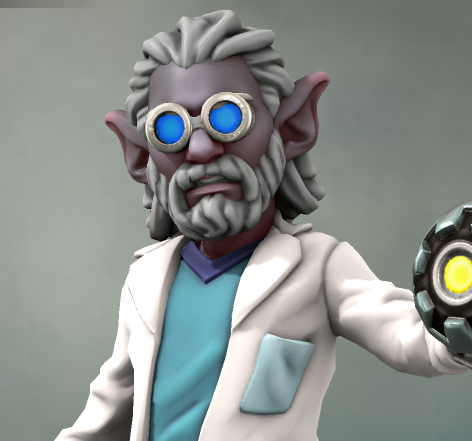Sumerians
"The story begins in Sumer."Samuel Noah Kramer, American Sumerologist 19. century. -
When Kramer made this statement at the time, he had assumed that the Sumerians were the first people who turned away from the culture of the nomadic peoples and settled down in order to become sedentary and practice agriculture and animal husbandry. He did not know that the Sumerians did not come from this world and that they had brought the knowledge from Elaqitan with them to found the first great advanced culture and civilization here.
So begins with the people from Elaqitan
in Sumer the history of our world.
The Beginnings
By The Flood the first people stranded on the southern shores of Naharin. After exploring their new world along the two rivers Buranum (Euphrates) and Idigina (Tigris), people realized that here they alone could rule over the land, the mountains and the rivers. They decided to set anchor and create a paradise between the two rivers with the animals and plants they had brought with them. They called themselves Saggiga, which means black-headed. They received the name Sumerians only after rulers had themselves proclaimed "Kings of Sumer and Akkad".
Initially, the Sumerians had to find their way in their new world and make it arable. They created canals to use the water from the two rivers to irrigate the fields. Animal husbandry, fruit and vegetable cultivation and fisheries also ensured the food supply for the growing population. The cultivation of grain and grapes enabled the production of beer and wine.
Gradually, the Sumerians imported goods such as timber, stone, and metals from the mountains of the north. In the cities, they made luxury goods from electrum, an alloy of gold and silver. Trade between the individual cities flourished and there were middlemen for copper, tin, lapis lazuli and diorite.
The Sumerians initially lived in simple mud buildings, some of which were decorated with mosaic tiles. Later, large buildings such as temples (ziggurats), palaces and administrative buildings were built, which were equipped with monumental reliefs and sculptures. There were gardens and water features everywhere.
The high culture of the Sumerians 3,000 to 2,500 BC. Chr.
Their technological knowledge from Elaqitan helped the humans to create many what we would call groundbreaking inventions such as the wheel, plough, potter's wheel, cylinder seals and of course cuneiform writing. The scripture also helped organize storage, administration and legislation. All this paved the way to the first high culture in the world.
While the people of Idaka (Elaqitan) were simple subjects themselves, in Naharin they founded large city-states led by a local prince. Over time, they waged wars against each other, and each time a different city-state gained leadership of a region.
Another important aspect was the preservation of the secret of their true origin. So they invented a mythical creation story of their world between the gods An, the god of the sky and Kis, the goddess of the earth, as well as their own through Enlil, god of the storm. They developed a religion consisting of a pantheon of many gods in human form, to whom sacrifices were offered in the temples of the cities.
Little by little they veiled the created myths and legends of their origin and integrated it into daily life. Thus the gods "ruled" in the cities alongside the prince. Through The Holy Marriage the bond between the gods and the prince was renewed again and again and became more and more the truth for subsequent generations.
The people spoke Turida , which they brought from their ancient world of Idaka. For a long time there was no other language than this. Another created legend, which the world knows as the confusion of languages at the Tower of Babel, gave rise to new languages and Sumerian was soon forgotten. It was only at the beginning of the 19th century that the ancient language of the Sumerians could be deciphered and translated with the help of the Behistun inscription.
The Fall of the Sumerians
Many historians claim that the Sumerians were perished by subsequent cultures such as the Akkadians, Babylonians, and Assyrians. Is that correct?
Many of their discoveries and inventions are taken for granted today. Their buildings buried under the sand and the treasures concealed within them have been excavated for over a hundred years and are now part of the Unesco World Heritage Site. Many of the myths and legends they created were spread around the world through man's conquests. Today they are an important part of traditions and customs or have been incorporated into the holy books of world religions.
Yes, the story began in Sumer, but the blood of the Sumerians lives on in each of us and with it the secret knowledge of Elaqitan.










Love a bit of historical information
Thank you so much.